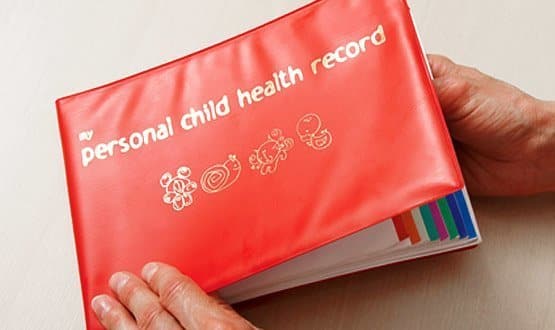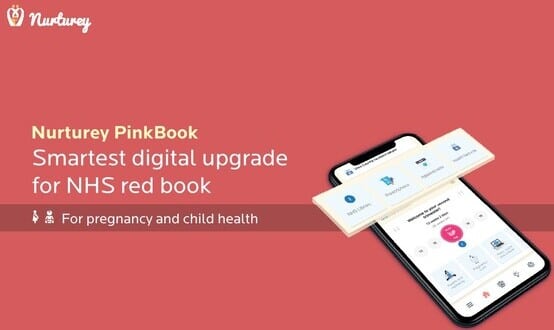Another view
- 5 August 2013

I deal weekly, if not daily, with drug addicts, alcoholics, ex prostitutes, the severely depressed, people with serious mental health issues and those needing palliative care.
Every other week, I do a clinic at a “bail hostel” that is often full of paedophiles. Quite a mix considering that I work in a middle class, leafy market town in Cheshire.
I like to think I have a lot of empathy and that I try to connect to my patients. But I can switch off quite easily and few keep me awake at night.
The death of a child, however, really gets to me. The last time I remember crying was when I was visiting a lovely couple whose child had died in middle of the night, unexpectedly.
Daniel Pelka is bothering me
The recent case of the murdered child Daniel Pelka keeps bothering me. Not because I was involved in any way, or because I’m involved in anything similar. Mercifully, I have few child protection cases on my books. It’s just that the death seems so needless and preventable.
This month, I was going to write about the Nuffield Trust’s predictive risk conference, which I started to discuss in my last column. In fact, I was going to reply to a comment about coding that was left on it.
However, it strikes me that’s its easy to get upset about cases like Daniel’s, but then move on as we have nothing to do with them.
I’d like to challenge that. This website is read by some of the brightest and best IT professionals in the NHS and beyond.
Perhaps most of us don’t set policy, but I wonder if there are little things we can do in our day jobs to reduce the risk of something like this happening again. Surely, the wisdom of the crowd can come up with some suggestions?
No blame, just ideas to solve problems
Now, I don’t know that much about the case in question. I haven’t read any detailed reports. I don’t want to interfere and I don’t want to judge what went on or blame anyone.
There will no doubt be enquiries and recommendations. It’s just that I wonder what we can come up with by thinking aloud.
Several things stood out from the news bulletins that I watched. One talked about the parents telling the school that Daniel attended that he had an eating disorder, to account for his being very thin.
It also said the parents had DNA’d to some GP appointments, which made me wonder whether something similar could be happening in our practice, with nobody realising that it was significant.
And finally, it interviewed an expert who said that in similar cases school and doctor “hopping” was an issue. Parents can move a child from school to school and practice to practice, and in the process they often fall off the grid.
Let’s start with A&E
In my practice, I’ve noticed that since the summer holidays started there has been an increase in A&E slips about children attending with minor injuries.
The number and content of these slips will, no doubt, vary from place to place; indeed I heard of one hospital not that far away that doesn’t bother sending any A&E notifications to its GPs.
Surely, that should be the first item on our list of possible improvements; because if there are no notifications, nobody can monitor them or pick up trends.
Locally, the forms don’t distinguish kids from adults at a glance. So perhaps a different colour for under-12s might be a useful improvement?
The slips do list the number of attendances at that A&E in the last 12 months. However, in my area there is only one A&E.
In an inner city area, with multiple walk-in centres and A&Es, things would be different, so should somebody be keeping a master count?
If so, the obvious candidate to do it would be a GP practice. So do we need to enforce registration at a local GP practice for all under 12s and chase those parents that that don’t register their kids?
In my Emis system, I have something called QUTE, which tracks SUS activity; could that keep a count? Should there be a child protection page that lists children with more than X attendances at an acute care facility? Or attendance at more then Y facilities?
And so we need the Spine or something similar to be checked at every attendance, to make sure a child is registered locally, and to make sure that the clinician seeing that child pulls down serious diagnoses and the number recent attendances?
Thinking about things that are not accidents
Going back to the A&E sheet. I’ve had lots of diagnoses such as ‘fractured wrist, fell off zip wire’, ‘contusion’ and so forth.
In other words, I presume there has been an uptick in the number of slips that we are getting because children are playing outside, and I presume that the A&E officer has thought of non-accidental injuries in specific cases.
In my experience, A&E doctors do tend to do this; but might it be nice for each sheet on a child to have a statement on it such as “in my opinion there are no safeguarding issues here”, signed with a legible name.
It might just prompt people to think about non-accidental injuries every time. It would also help with accountability when things go wrong.
Locally, we have something called the Cheshire shared record, which enables authorised users to see a summary screen of a patient’s record with their consent.
I think we are running this on over 16s only. Perhaps as a priority we should extend it to kids and, more importantly, make it compulsory for a clinician to check it when they are seeing a child for the first time to see if any patterns or concerns exist.
Working with schools
Moving on to schools. When a child joins a school, should it check the details given and actually contact the GP practice for confirmation of significant illnesses? That should spot kids without a GP; and from a GP point of view it would be fairly easy automatable work.
Thinking about my GP system, I don’t record which school anyone is at. Perhaps I should, and add the relevant contact details. School nurses still exist; perhaps they should act as a conduit between the two?
The red book that each child has at the moment is a parent held record. It seems massively open to abuse. How many times do people turn up without the red book, and who really checks who has entered the data in them?
Health visitors and others should be able to record clinical details like height and weight electronically and have them entered into the GP system, where they can be searched and linked to other data.
In fact, I wonder whether we should be doing more heights and weights on kids. Could this be added to QOF? Should A&E be asked to do the same as a CQUIN? Surely the more data we have, the easier it will be to spot outliers?
If doctor hopping is an issue, why can’t we speed up the whole de-registration/registration system?
Should local health visitors do new patient medicals on all kids joining a practice and liaise with their school? In my experience, mum will often come in and register a whole family – and we won’t see any of the kids until they get ill.
Can we write a risk algorithm?
I was going to write about risk algorithms this month, so here is a challenge – is there an algorithm that will predict those at high risk of abuse from the data we have?
Throw in number of siblings? Past history of family issues? Ethnicity? Marital status of parents? Broken home? Religion? Postcode? Diagnosed medical long term conditions? Number of attendances or lack of attendances (most kids are brought in now and again, why are some never brought in)?
Not all of these may be relevant, but regression analysis might help to create a scoring system that could be used to direct interventions?
In summary, it seems to me that there are four areas we could improve; having a central record/coordination point, recording contacts and data, sharing information and analysing the data.
These are some quick thoughts no doubt full of information governance issues. Over to you…


Dr Neil Paul
Dr Neil Paul is a full time partner at Sandbach GPs; a large (22,000 patient) practice in semi-rural Cheshire. He is also one of the directors of FYS Healthcare. Dr Paul has been involved in primary care IT and health service management for more than years in various roles, including PEC member and urgent care lead. In his spare time, he writes medical iPhone software and is a keen photographer.




